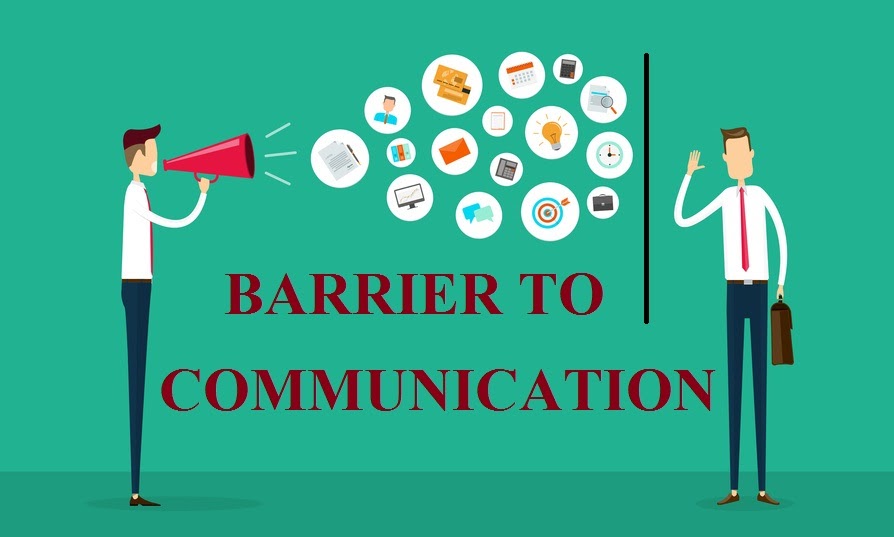Effective communication is crucial for personal and professional success, yet barriers often hinder clear and productive interactions. Overcoming these communication barriers is essential for fostering better relationships, enhancing teamwork, and achieving goals. This article explores common communication barriers and provides practical strategies for overcoming them.
Understanding Communication Barriers
What are Communication Barriers?
Communication barriers are obstacles that prevent messages from being accurately and effectively conveyed. These barriers can be physical, psychological, or cultural and may arise in various contexts, from personal conversations to professional settings.
Types of Communication Barriers
- Physical Barriers: Includes environmental factors like noise, distance, or technical issues.
- Psychological Barriers: Involves emotional states, stress, or mental blocks that affect communication.
- Language Barriers: Arises from differences in language, jargon, or unclear expressions.
- Cultural Barriers: Involves misunderstandings due to cultural differences and varying social norms.
Strategies for Overcoming Communication Barriers
1. Enhance Active Listening
Importance of Active Listening
Active listening is a fundamental skill for effective communication. It involves fully concentrating, understanding, and responding to the speaker. Improving active listening helps overcome misunderstandings and fosters better connections.
Tips for Active Listening
- Give Full Attention: Focus entirely on the speaker, avoiding distractions and interruptions.
- Show Empathy: Acknowledge and validate the speaker’s feelings and perspectives.
- Provide Feedback: Use verbal and non-verbal cues to indicate understanding, such as nodding or summarizing key points.
2. Clarify and Confirm Understanding
Avoid Misinterpretations
Misunderstandings often occur when messages are not clearly understood. Clarifying and confirming understanding helps ensure that both parties are on the same page.
Effective Clarification Techniques
- Ask Questions: Seek clarification by asking open-ended questions or requesting more details.
- Paraphrase: Restate the speaker’s message in your own words to confirm understanding.
- Summarize: Provide a brief summary of the key points discussed to ensure accuracy.
3. Use Clear and Simple Language
Overcoming Language Barriers
Language barriers can arise from technical jargon, complex terminology, or language differences. Using clear and simple language helps ensure that your message is easily understood.
Tips for Clear Communication
- Avoid Jargon: Use plain language and avoid industry-specific terms unless necessary.
- Be Concise: Keep your messages brief and to the point, avoiding unnecessary details.
- Explain Complex Concepts: Break down complex ideas into simpler terms and provide examples if needed.
4. Address Cultural Differences
Navigating Cultural Barriers
Cultural differences can impact communication styles, values, and expectations. Being aware of and sensitive to these differences can help overcome cultural barriers.
Strategies for Cultural Awareness
- Educate Yourself: Learn about different cultures and their communication norms and practices.
- Respect Differences: Show respect for diverse perspectives and avoid making assumptions.
- Adapt Your Approach: Adjust your communication style to accommodate cultural differences and preferences.
5. Manage Emotional Responses
Handling Psychological Barriers
Emotional responses, such as stress, anger, or anxiety, can hinder effective communication. Managing your emotions and understanding others’ emotional states can improve communication outcomes.
Techniques for Emotional Management
- Practice Self-Awareness: Recognize and manage your emotional responses to avoid negative impacts on communication.
- Stay Calm: Maintain a calm and composed demeanor, especially in challenging conversations.
- Acknowledge Emotions: Validate and address emotional concerns to foster a supportive communication environment.
6. Use Technology Effectively
Overcoming Technical Barriers
Technical issues can disrupt communication, especially in virtual or remote settings. Using technology effectively helps minimize these barriers.
Best Practices for Technology Use
- Test Equipment: Ensure that all communication tools and equipment are functioning correctly before meetings or discussions.
- Choose Reliable Platforms: Use reputable and stable communication platforms for virtual interactions.
- Address Technical Issues Promptly: Quickly resolve any technical problems that arise during communication.
7. Foster Open and Inclusive Communication
Encouraging Participation
Creating an open and inclusive communication environment helps overcome barriers related to participation and engagement.
Ways to Promote Inclusivity
- Encourage Feedback: Invite feedback and input from all participants to ensure diverse perspectives are considered.
- Create Safe Spaces: Foster a supportive environment where individuals feel comfortable expressing their views.
- Promote Collaboration: Encourage collaborative discussions and teamwork to enhance communication and problem-solving.
8. Develop Effective Communication Skills
Continuous Improvement

Improving communication skills is an ongoing process that requires practice and self-reflection.
Ways to Enhance Skills
- Seek Training: Participate in communication skills workshops or courses to develop and refine your abilities.
- Practice Regularly: Engage in regular practice and apply communication strategies in various contexts.
- Reflect and Learn: Evaluate your communication experiences and seek feedback to identify areas for improvement.
9. Build Strong Relationships
Strengthening Connections
Strong relationships facilitate better communication and help overcome barriers related to trust and rapport.
Tips for Building Relationships
- Invest Time: Spend time building and maintaining relationships through regular interactions and support.
- Show Appreciation: Express gratitude and appreciation for others’ contributions and efforts.
- Be Genuine: Foster authentic connections by being honest, empathetic, and supportive.
10. Address Conflicts Constructively
Resolving Disagreements
Conflicts and disagreements can create communication barriers if not handled effectively. Addressing conflicts constructively helps maintain positive interactions.
Conflict Resolution Techniques
- Listen Actively: Hear all parties’ perspectives and understand their concerns.
- Seek Common Ground: Identify shared interests and work towards mutually acceptable solutions.
- Negotiate Solutions: Collaborate to find solutions that address the needs and concerns of all parties involved.
Conclusion
Overcoming communication barriers is essential for effective interaction and achieving successful outcomes. By enhancing active listening, clarifying understanding, using clear language, and addressing cultural and emotional factors, you can improve communication and foster better relationships. Implementing strategies for managing technical issues, promoting inclusivity, and building strong connections further enhances communication effectiveness.
Embrace these strategies and continuously work on improving your communication skills to navigate barriers and achieve meaningful and productive interactions.
To contact and know more about VBC Academy, click on this link: https://vbctraining.com.au/
